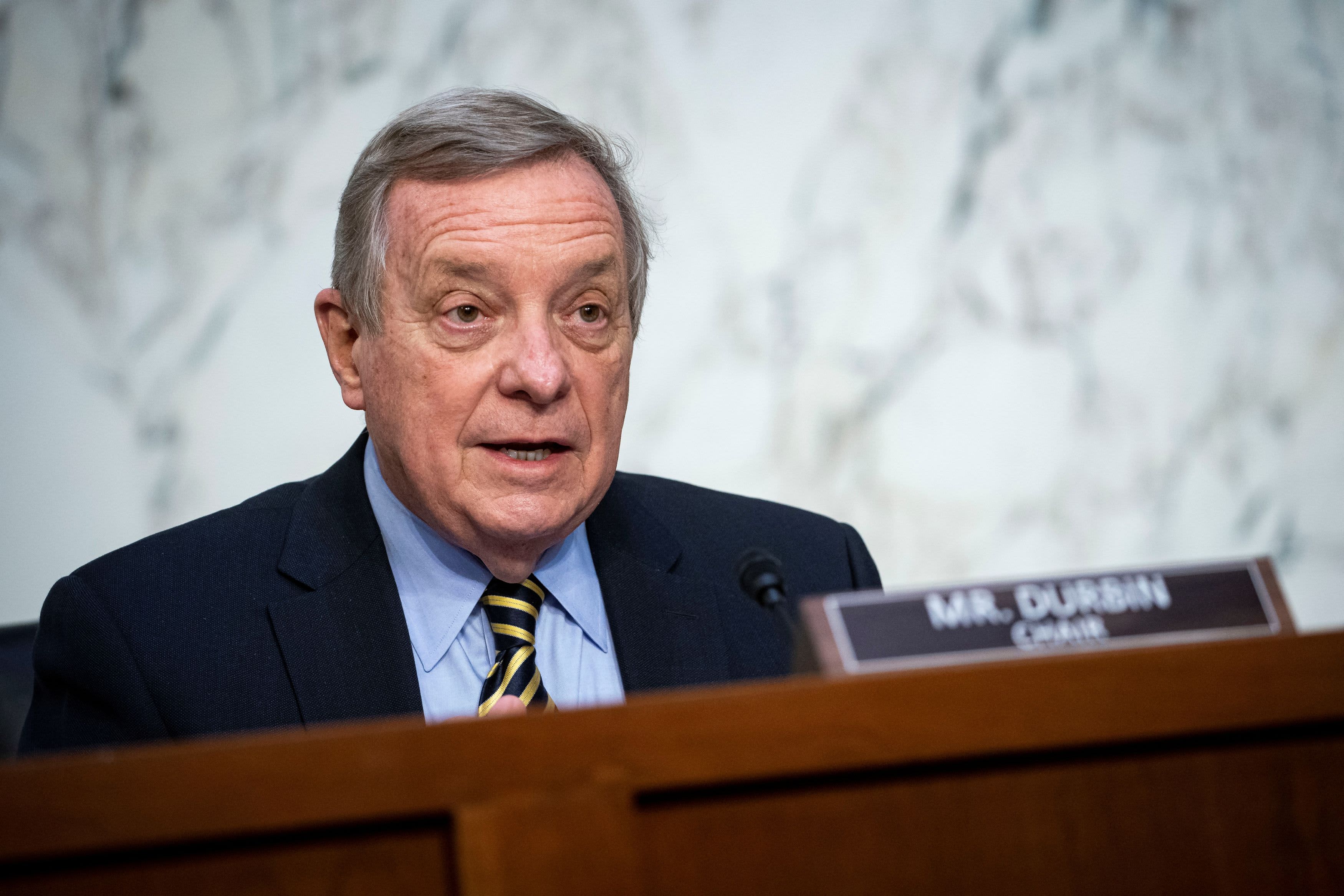US-China Trade Deal Imminent? Expert Analysis & Outlook
US-China Trade Breakthrough? Treasury Sec. Bessent Hints at "Big Deal"
Introduction: A Glimmer of Hope on the Trade Horizon
Could we be on the cusp of a major breakthrough in the often-fraught trade relationship between the United States and China? Treasury Secretary Scott Bessent seems to think so. He recently stated that "there is an opportunity for a big deal here" on trade issues between the two economic giants. That's a pretty significant statement, isn't it? But what does it really mean for businesses, consumers, and the global economy as a whole? Let’s dive in and unpack what Secretary Bessent said and what the potential implications are.
What Secretary Bessent Actually Said
Let’s get down to brass tacks. What exactly did Secretary Bessent say that's generating all this buzz? During an appearance at the Institute of International Finance in Washington, D.C., he not only suggested the possibility of a "big deal" but also offered a collaborative approach: "If they want to rebalance, let's do it together." He even invoked the name of legendary investor Ray Dalio, suggesting this could be "a beautiful rebalancing," a term that suggests a harmonious and mutually beneficial outcome. This isn't just about slapping tariffs on each other; it's about finding a more sustainable and equitable trade relationship.
The Core Issue: Trade Imbalance
Understanding the Trade Deficit
At the heart of the US-China trade friction lies a significant trade imbalance. For years, the US has imported far more goods from China than it exports, resulting in a substantial trade deficit. Think of it like this: one side of a see-saw is much lower than the other. This imbalance has led to concerns about job losses in the US, unfair trade practices, and the overall health of the American economy. The rebalancing Secretary Bessent mentioned aims to level that see-saw.
Why the Imbalance Exists
Several factors contribute to this imbalance. China's lower labor costs, for example, make it cheaper to produce goods there. Government subsidies also play a role, giving Chinese companies a competitive edge. Furthermore, intellectual property theft and other unfair trade practices have added fuel to the fire. Addressing these issues is critical to achieving a truly balanced and fair trading relationship.
Bessent's Collaborative Approach: A Different Tack
"Let's Do It Together": A Call for Cooperation
Instead of resorting to protectionist measures like tariffs alone, Secretary Bessent is advocating for a collaborative approach. His statement, "If they want to rebalance, let's do it together," signals a willingness to work with China to address the trade imbalance. This suggests a move away from confrontation and towards negotiation and compromise. Could this be a more effective strategy in the long run? Many experts believe so.
Why Collaboration Matters
A collaborative approach offers several advantages. It allows both countries to address the root causes of the trade imbalance in a mutually beneficial way. It reduces the risk of escalating trade wars that can harm both economies. And it fosters a more stable and predictable trading environment, which is essential for businesses on both sides of the Pacific. Think of it as building a bridge instead of a wall.
Ray Dalio's "Beautiful Rebalancing": What Does It Mean?
A Vision of Harmony
Secretary Bessent's reference to Ray Dalio's concept of "a beautiful rebalancing" paints a picture of a smooth and harmonious transition towards a more equitable trade relationship. It suggests that the rebalancing can be managed in a way that benefits both the US and China, leading to sustainable economic growth and stability. This isn't just about fixing a problem; it's about creating a better future.
Avoiding Economic Shocks
The key to a "beautiful rebalancing" lies in avoiding sudden and disruptive economic shocks. Gradual adjustments, negotiated agreements, and a focus on long-term sustainability are all crucial. This approach recognizes that the US and Chinese economies are deeply intertwined, and any major disruption could have far-reaching consequences for the entire world.
The World Bank Criticism: A Separate Issue
Secretary Bessent's remarks weren't solely focused on US-China trade. He also took aim at the World Bank for lending to nations with advanced economic growth, including China. This criticism raises important questions about the role of international lending institutions in a rapidly changing global economy. Is it appropriate for these institutions to continue lending to countries that are already wealthy and powerful? This is a debate worth having.
Potential Benefits of a "Big Deal"
For the United States
A "big deal" on trade could bring several benefits to the United States. It could lead to increased exports, creating jobs and boosting economic growth. It could also address concerns about unfair trade practices, leveling the playing field for American businesses. And it could foster a more stable and predictable trading environment, reducing uncertainty and encouraging investment. It's about making American businesses more competitive on the global stage.
For China
A trade deal could also benefit China. It could provide greater access to the US market, supporting Chinese businesses and creating jobs. It could also lead to greater cooperation on issues such as intellectual property protection and environmental sustainability. And it could strengthen China's role as a responsible global economic leader. It's about ensuring sustainable economic growth for China in the long run.
Potential Challenges in Reaching a Deal
Negotiating Complex Issues
Despite the potential benefits, reaching a "big deal" on trade will not be easy. There are many complex issues to negotiate, including tariffs, intellectual property protection, market access, and government subsidies. These issues are deeply entrenched and will require significant compromise from both sides. It's like trying to untangle a very complicated knot.
Political Considerations
Political considerations also play a significant role. Both the US and China face domestic political pressures that could make it difficult to compromise. Public opinion, special interest groups, and political rivalries can all influence the negotiation process. It's a balancing act between economic interests and political realities.
The Role of Tariffs in the Trade Relationship
A Double-Edged Sword
Tariffs have been a major tool in the US-China trade relationship in recent years. While they can be used to pressure China to address unfair trade practices, they also have negative consequences. Tariffs raise prices for consumers, disrupt supply chains, and can lead to retaliatory measures from China. They're a double-edged sword that must be used carefully.
Finding Alternatives to Tariffs
Finding alternatives to tariffs is crucial to achieving a more sustainable and equitable trade relationship. This could include negotiated agreements, dispute resolution mechanisms, and greater cooperation on issues such as intellectual property protection. It's about finding more constructive ways to address trade imbalances and promote fair competition.
The Impact on Global Supply Chains
Reshaping Trade Flows
The US-China trade relationship has a significant impact on global supply chains. Disruptions in trade between the two countries can ripple through the global economy, affecting businesses and consumers around the world. A "big deal" on trade could help to stabilize supply chains and reduce uncertainty. It's about ensuring that goods can flow smoothly across borders.
Diversifying Supply Chains
In response to trade tensions, many companies are diversifying their supply chains, moving production away from China to other countries. This trend is likely to continue, regardless of whether a trade deal is reached. Diversifying supply chains can make businesses more resilient to economic shocks and reduce their dependence on any single country. It's about spreading the risk and building a more robust global economy.
The Future of US-China Economic Relations
A Critical Relationship
The US-China economic relationship is one of the most important in the world. The two countries are deeply intertwined, and their actions have a significant impact on the global economy. Finding a way to manage this relationship effectively is crucial to ensuring global stability and prosperity. It's about building a foundation for a more peaceful and prosperous future.
Cooperation and Competition
The US and China will likely continue to be both competitors and collaborators in the years to come. They will compete for economic influence and technological leadership, but they will also need to cooperate on issues such as climate change, global health, and international security. Finding the right balance between cooperation and competition will be essential. It's about navigating a complex and ever-changing world.
Conclusion: A Reason for Cautious Optimism
Secretary Bessent's comments offer a glimmer of hope for a more stable and equitable US-China trade relationship. While challenges remain, the willingness to engage in collaborative rebalancing is a positive sign. Whether this translates into a "big deal" remains to be seen, but the potential benefits for both economies and the global economy as a whole are significant. Let's hope this is the beginning of a new chapter in US-China relations – one marked by cooperation, compromise, and mutual benefit. This could be a defining moment for global trade.
Frequently Asked Questions
- What exactly is a "trade imbalance"? A trade imbalance occurs when a country imports more goods and services than it exports, leading to a trade deficit. This can raise concerns about job losses and economic competitiveness.
- Why is the US-China trade relationship so important? The US and China are the world's two largest economies, and their trade relationship has a significant impact on global supply chains, economic growth, and geopolitical stability.
- What are some of the challenges in reaching a trade deal? Key challenges include negotiating complex issues like tariffs and intellectual property, navigating domestic political pressures in both countries, and addressing deeply entrenched trade imbalances.
- How might a trade deal benefit US businesses? A trade deal could lead to increased exports, greater access to the Chinese market, and a more level playing field by addressing unfair trade practices. This, in turn, would boost job creation and economic growth.
- What are the alternatives to using tariffs in trade negotiations? Alternatives include negotiated agreements, dispute resolution mechanisms, greater cooperation on issues such as intellectual property protection, and multilateral trade agreements that foster a more rules-based international trading system.








